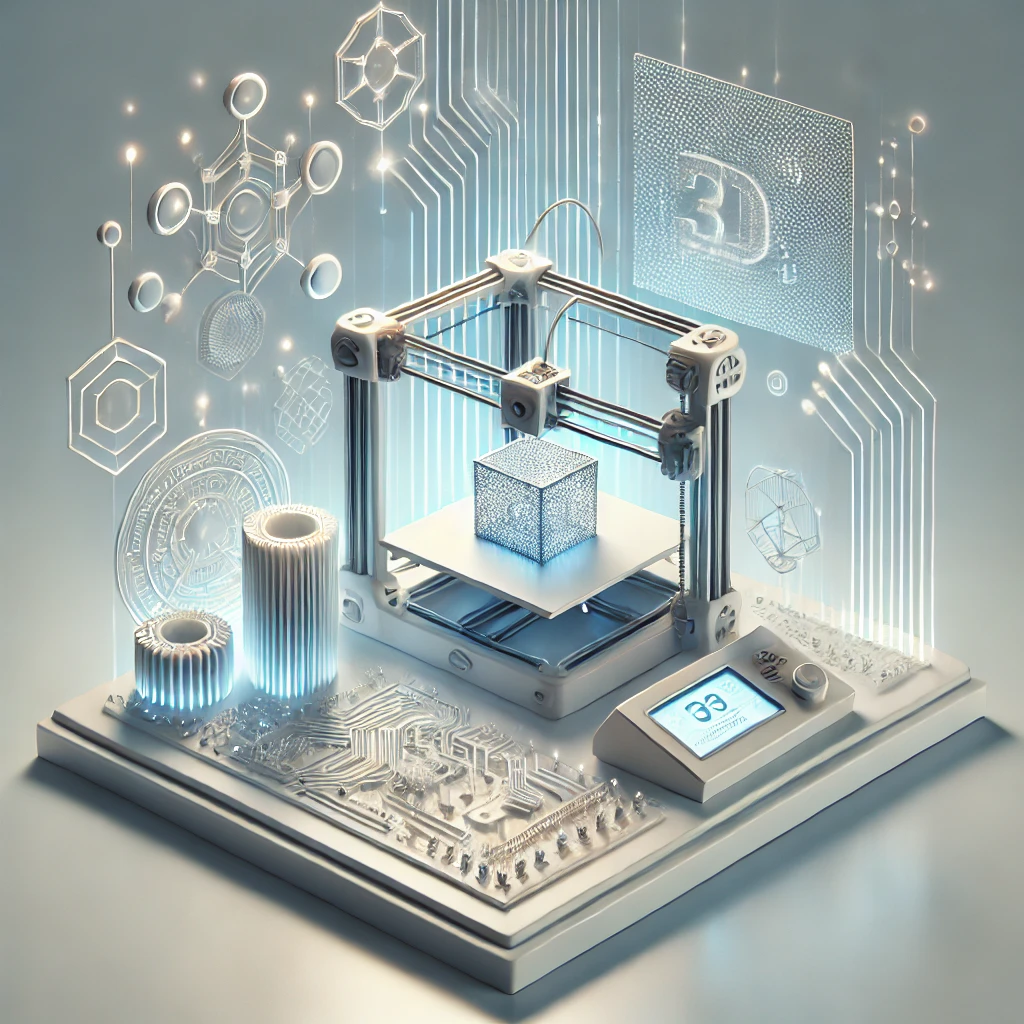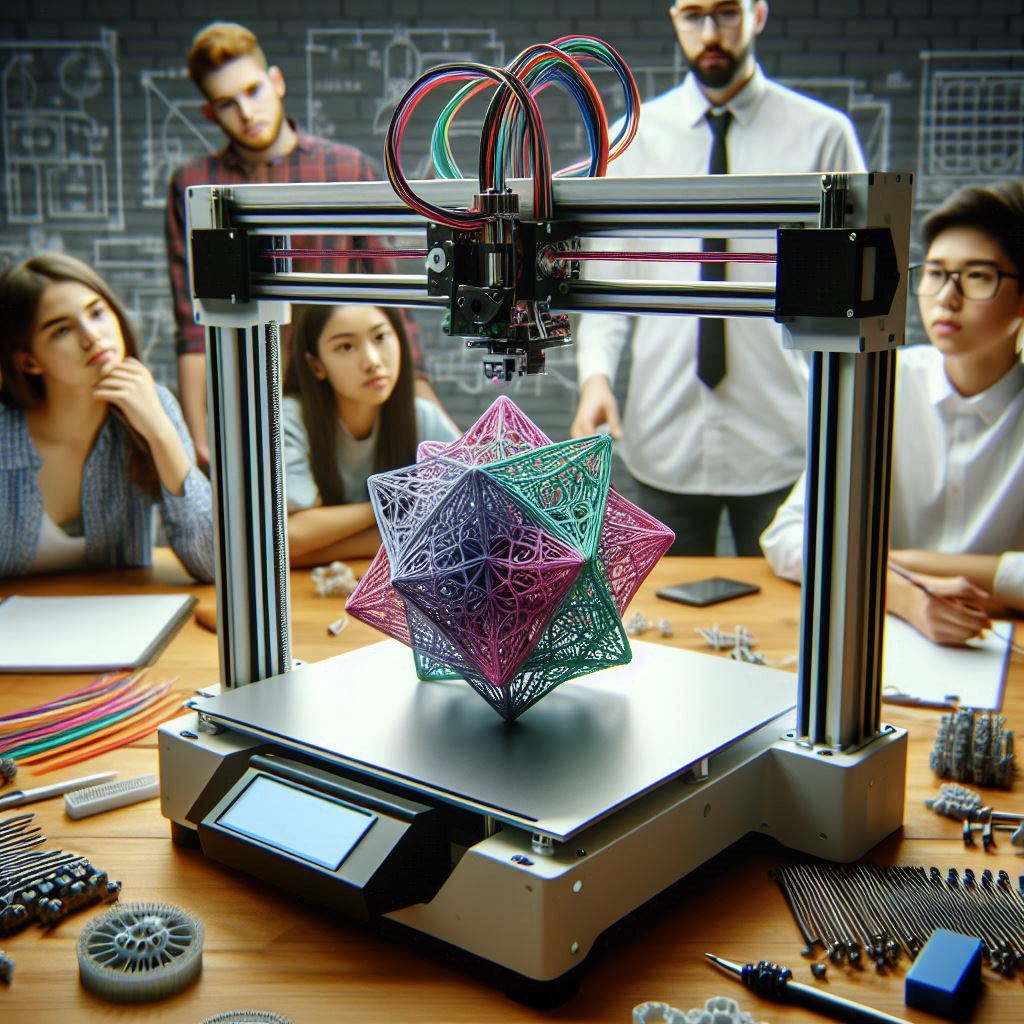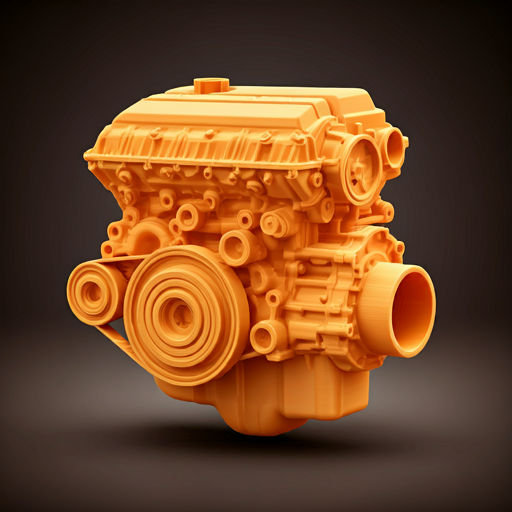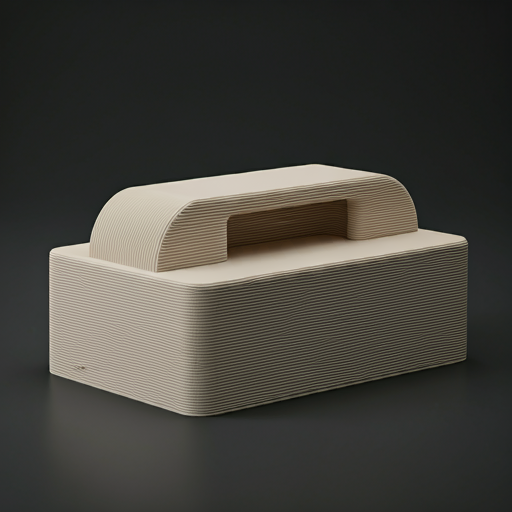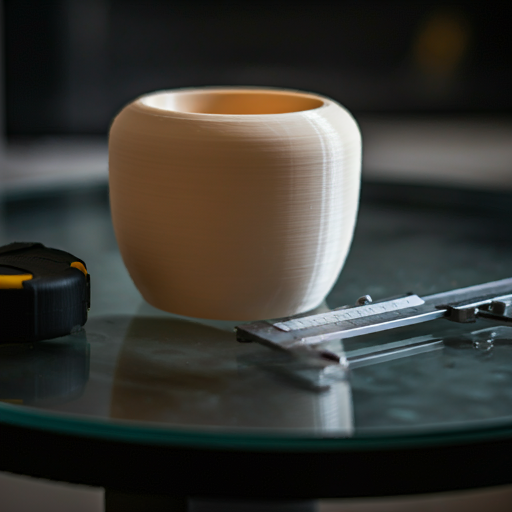
3D Printing Technology in the Furniture Industry
3D printing technology has revolutionized the furniture industry by allowing for more efficient and cost-effective production of furniture pieces. Instead of traditional manufacturing methods such as molding or carving, 3D printing allows for the creation of complex and intricate designs that would be difficult or impossible to produce using traditional methods. This technology also allows for greater customization and personalization of furniture pieces, as designers can easily make changes to the digital design and print a new piece without incurring significant costs. Additionally, 3D printing allows for the use of eco-friendly and sustainable materials, such as bioplastics and recycled materials, in the production of furniture. Overall, 3D printing technology has greatly impacted the furniture industry by providing new opportunities for design, production, and sustainability.
It is important to note that 3D printing technology is constantly evolving and new materials and techniques are being developed, thus the process of creating furniture using 3D printing can vary depending on the technology and materials used. Additionally, depending on the complexity of the design and the size of the piece, it may be necessary to divide the model into multiple parts and then assemble them after printing.
Overall, 3D printing technology is a powerful tool that allows for the creation of unique and customized furniture designs, with a faster and more efficient process. It also offers an environmental friendly option, reducing material waste and energy consumption. With the right design, preparation, and finishing, 3D printed furniture can be as durable and functional as traditionally manufactured furniture.
5 Best Advantages Of Using 3D printing technology in the Furniture industry
3D printing technology offers a wide range of advantages for the furniture industry. One of the main benefits is the ability to create customized designs, which allows customers to have a furniture piece tailored to their specific needs and preferences. 3D printing is also a fast and efficient process, which reduces the time and cost required to produce furniture. Additionally, 3D printing can reduce material waste and energy consumption compared to traditional manufacturing methods, making it a more sustainable option. 3D printing technology also allows for scalability, making it suitable for small businesses and large manufacturers alike. Overall, 3D printing is a cost-effective, efficient, and sustainable option for the furniture industry.
1.Customization: 3D printing technology allows for the creation of unique and customized furniture designs, tailored to the specific needs and preferences of customers.

2.Speed and Efficiency: 3D printing can produce furniture quickly and with minimal waste, compared to traditional manufacturing methods.

3.Cost-Effectiveness: 3D printing can reduce the cost of producing furniture by eliminating the need for expensive molds and tooling.

4.Sustainability: 3D printing can reduce the amount of material waste and energy consumption associated with traditional furniture manufacturing.

5.Scalability: 3D printing technology allows for the production of furniture in small or large quantities, making it suitable for both small businesses and large manufacturers.

Steps to create a furniture using 3D printing technology

STEP 1- Designing the Furniture : The first step in creating furniture using 3D printing technology is to design the piece. This can be done using a variety of 3D modeling software, such as SketchUp, AutoCAD, or Rhino. The design process should take into consideration the specific needs and preferences of the customer, as well as the capabilities of the 3D printer being used. Once the design is complete, it should be saved in a format that can be read by the 3D printer.
STEP 2- Preparing the 3D Printer : Before beginning the printing process, the 3D printer should be prepared by loading the appropriate materials and ensuring that the printer is calibrated correctly. The type of material used will depend on the intended use of the furniture, with options such as ABS, PLA, Nylon, among others.
STEP 3- Printing the Furniture : With the 3D printer prepared, the furniture can be printed. This process typically takes several hours, depending on the size and complexity of the piece. The printer will create the furniture layer by layer, using the design file as a guide.
STEP 4- Finishing the Furniture : Once the printing is complete, the furniture will need to be finished. This can include sanding, painting, and adding any additional hardware. The furniture should be inspected for any defects and any necessary repairs should be made.
STEP 5- Testing and Delivery : The final step is to test the furniture to ensure that it is functional and safe to use. Once it is verified that the furniture is suitable, it can be delivered to the customer.
Key Design Considerations for furniture 3D printing

- Structural Integrity : The design of the furniture must ensure that it is structurally sound and able to support the intended weight and usage. This may include considerations such as the thickness of walls, the strength of connections, and the use of internal supports.
- Material Properties : The properties of the material used for 3D printing must be taken into consideration when designing the furniture. This includes factors such as strength, flexibility, and thermal resistance.
- Printability : The design must be optimized for 3D printing to minimize the risk of defects and to ensure that the final product is of high quality. This may include considerations such as overhangs, wall thickness, and print orientation.
- Assembly and Finishing : The furniture design should take into consideration how the piece will be assembled and finished after printing. This includes the placement of any necessary hardware, such as screws and joints, and how the piece will be sanded, painted, or finished.
- Customization : The furniture design should allow for customization to cater to the specific needs and preferences of the customer, such as size, shape, color and style.
- Cost-Effectiveness : The design should take into account the cost of materials and printing, as well as the time required for finishing and assembly. This will help to ensure that the final product is both high-quality and cost-effective.
- Sustainability : The design should consider the environmental impact of the materials used and the manufacturing process, aiming to minimize waste and energy consumption.
- Scalability : The design should be able to be produced in small or large quantities, depending on the needs of the customer and the manufacturer.
By taking these design considerations into account, it is possible to create high-quality, functional, and customized furniture using 3D printing technology. It is important to consult with experts or professionals in the field to ensure that the design is optimized for 3D printing and meets all necessary standards.
3D printing technologies that are commonly used for manufacturing furniture
1.Fused Deposition Modeling (FDM):

This is one of the most common 3D printing technologies used in the furniture industry. It works by heating a thermoplastic material, such as ABS or PLA, and extruding it through a nozzle to build the object layer by layer. This technology is known for its affordability and easy accessibility making it popular among small businesses and home users.
2.Selective Laser Sintering (SLS):

SLS uses a laser to fuse together small particles of plastic, metal, or ceramic powder, layer by layer, until the object is complete. This technology is known for producing strong and durable parts, making it suitable for creating functional furniture such as chairs and tables.



